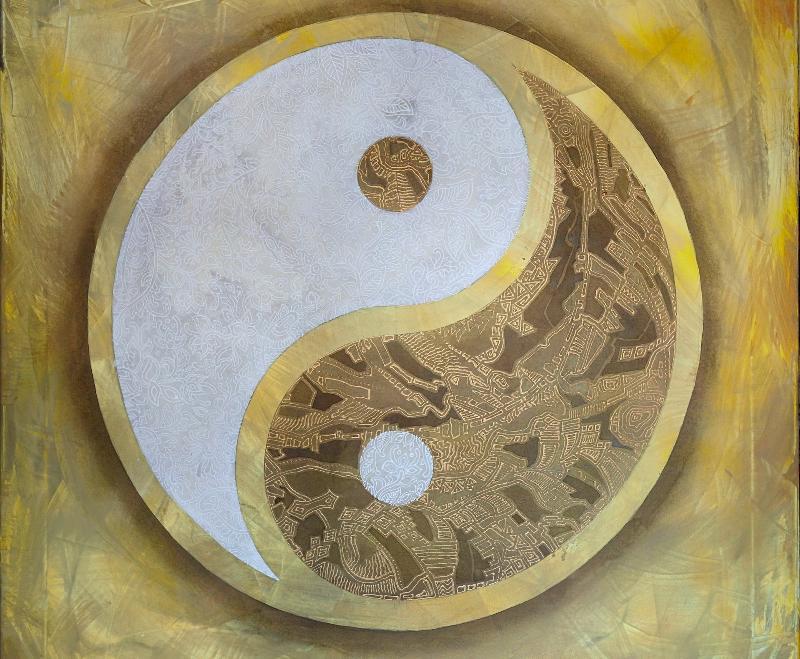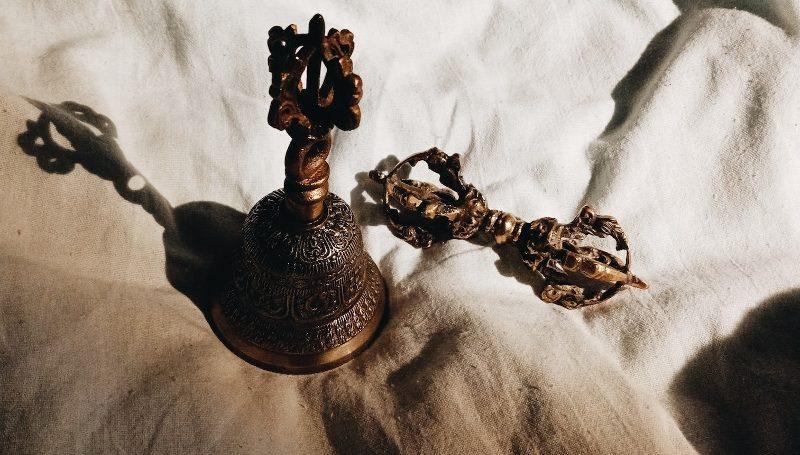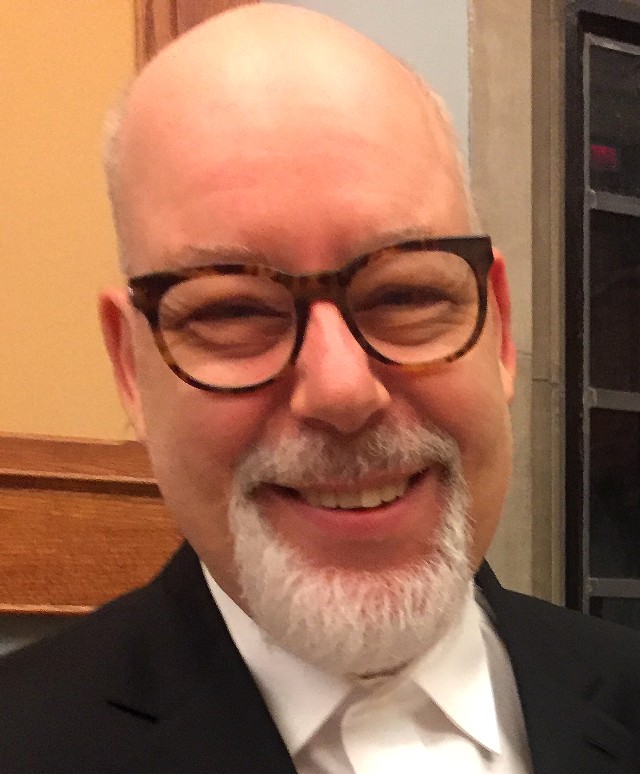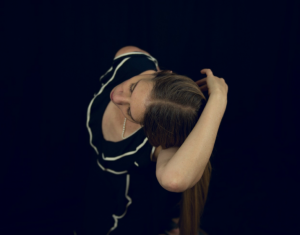
I’ve been working on Further Zen Conversations: On the scope, practice, and future of North American Zen (Sumeru Books 2023) by Richard Bryan McDaniel, a follow up to his Zen Conversations (Sumeru Books 2021). This new book features 35 Zen Buddhist teachers in thematically organized interviews.
Together with the first volume, the entire project comprises the thoughts of more than 75 community leaders, who show a remarkable consensus of opinion coupled with a panoply of approaches that come out of intentions of diversity, equity, and inclusion.
Meanwhile, another Zen teacher I know and respect recently posted a certificate for completing a course as a “Long White Cloud Qi Gong Instructor.”
This got me thinking about my two decades as a high school teacher. We had ongoing mandatory training each year, many available workshops on various topics, and funding for outside training if we could make a good case for it. For those 20 years, I was constantly needing and wanting to learn new things so that I could be a better teacher, responding to current conditions.
In the similarly recent past, I read the phrase “mystical inner cultivation” in the blurb for a book about the earliest known Daoist text. (SUNY Press) The words leapt off the page at me!
To me, the yin and yang of teaching involves mystical inner cultivation and the acknowledgment that one’s own learning journey only ends at death. A teacher who is a role model is an avid learner.
Thinking back on the many encounters I’ve had the good fortune to have with Buddhist teachers, senior students, community leaders, and sundry other wayfarers, that openness, that acknowledgement of not knowing everything, and that thirst for learning are qualities that I’ve always looked for. One can only speculate what it must have been like to hear Shakyamuni himself speak and teach during his more than 40 years on the road.
Which brings me to John Bell’s forthcoming book from Parallax Press: Deep in Our Hearts: Pathways to the Beloved Community. (I received an advance copy.) Here’s the blurb I wrote for the book:
John Bell’s roadmap to the Beloved Community is articulate, eloquent, comprehensive, heartfelt, and grounded in deep experience. It’s the best invitation to the Buddhism of the Future I’ve ever read, weaving together profound insight, trauma-informed practice, and social action. A well-thumbed copy should be in every Dharma center library and the guide to many Sangha discussion groups. Six stars out of five!
And I meant every word of it.
A few days later . . .
Buddhist spiritual care within Buddhist communities, in interfaith settings, in secular institutions, and among professional therapists and crisis first responders, is only in its nascent stage of development. It is as far from what is traditionally ascribed to being a Buddhist teacher as the Buddhist worldview is far from the worldview of practical Christian theology. We need a whole new vocabulary.
I remain concerned that Buddhism will find itself subsumed under the constraints of therapeutic modalities, a convenient wrinkle in prevailing notions of existential humanism. That would lean too far into the yang of negating mystical inner cultivation.
What is the Middle Way? In my mind, it’s not on a linear scale, but rather a node in Indra’s Net that resonates in the three times and the 10 directions. We would be foolish not to recognize that time changes everything. Life is a series of constant course corrections.
That said, in reflecting on moments in my Buddhist journey that had a profoundly transformative impact, I see they were mostly ceremonies, or at least practices that incorporated a lot of ceremonial aspects.
Perhaps what I find lacking in the well-being envelope is that possibility of transcendence. In reflecting back on where we find ceremony in our everyday lives, those places are few—birth, coming of age, graduation, marriage, medallions, promotions, retirement, funeral.
“Worship” is such an Abrahamic word. It does not sit well in a description of Buddhist practice. In the West, religion and spirituality is bound up with worship ceremonies. I wonder how ceremony is used in therapy, beyond what I see of Indigenous healing. The scientific materialist worldview doesn’t have any room for ritual, although one could argue that the scientific method itself is deeply ritualistic but not self-aware about that fact.

During my last class in teacher’s college (the year of 9/11) we were tasked with presenting a lesson to our classmates. I was in a group with three other teachers-in-training. I brought in several ritual objects—vajra and bell, Dzambhala arrow, picture of Manjushri, a short script contextualizing each of them in sacralizing the role of being a teacher—and performed a short sadhana-like recitation. I have no way of knowing what reverberations that had for my classmates, who scattered to the four winds after graduation.
But leaning too far into ceremony isn’t the Middle Way. I have several acquaintances and family members who seem to have taken up permanent residence in the astral planes, where auras are currency. They wish to live their every waking moment in ceremony of one sort or another.
A few days later . . .
Yesterday, I had the opportunity to attend a Zoom gathering of Buddhist college chaplains. It was great to meet many of the inspiring folks I’ve read about, and to hear about some of their successes and challenges. Post-secondary education is often the venue for one’s first awareness of Buddhism, so presenting the Dharma to young people is an important role.
There were a variety of themes worth digging deeper into. One of those is Student Development Theory, which explores the various ways that young adults learn in educational institutions. It comprises psychosocial, cognitive-structural, person-environment, humanistic existential, and student development process models. Since this is the normative foundation for data-driven decision-making by administrators, it behooves Buddhist chaplains to be able to explain what they do in those terms. Being able to explain learning outcomes from such programs, for example, helps college and university administrators understand the value of funding and greater stakeholder roles for Buddhist campus chaplains, who are often part-time, volunteer, over-extended, and operating “under the radar.” Needing a high tolerance for logistics and co-curricular programming was also noted by several conference participants.
In describing the types of activities that Buddhist college chaplains organize, the word “practice” was frequently used. The word “worship” never came up once, even when referring to ceremonies such as Vesak, Bodhi Day, and so on. The variety of initiatives from the chaplains in the conference covered a wide array, including sitting, chanting, intentional conversations, art activities, nature walks, individual counseling, interfaith events, and even crossword puzzles.
I asked if activism—e.g. environmental, anti-racist, gender and sexuality—was integrated into Buddhist chaplaincy programs. It seems that these may be involved in some of the traumas and aspirations that bring students to spiritual care, but the chaplains who answered my question indicated that those issues were often not the reason students walked in the door.
Participants at the conference talked about the diverse range of motivations that bring students into their chaplaincy orbits. Some are Buddhist—from a wide variety of traditions—others are Bu-curious, some identify as Spiritual But Not Religious (SBNR), secular wellness seekers, and so on. I imagine Buddhist college chaplains as multi-armed bodhisattvas ready to appear in whatever form is needed.
I also asked about relationships between Buddhist college chaplains and their colleagues in the Buddhist studies departments. The answers revealed a spectrum from deep to peripheral involvement, mostly based on the larger educational focii of the institutions.
There aren’t a lot of graduate schools training Buddhist chaplains. I wish there were more.
If you are interested in learning more about this topic, the Association for Chaplaincy and Spiritual Life in Higher Education is a good place to start. There’s also a Facebook group for Buddhist chaplains. That group comprises chaplains working in hospitals, the military, prisons, and other institutions as well as educational settings.
See more
The Contemplative Foundations of Classical Daoism (SUNY Press)
Association for Chaplaincy and Spiritual Life in Higher Education
Buddhist chaplains’ group (Facebook)
Related features from BDG
Buddhistdoor View: The Place of Expertise and Experience in Buddhism Today
Entangled in Indra’s Net
Buddhism and Ethics
Manifesting Avalokiteshvara: The Jewel within the Lotus
Be Inspired
Meditation Over a Kitten: Transcendence from Where We Are













Bu-curious – love this term!